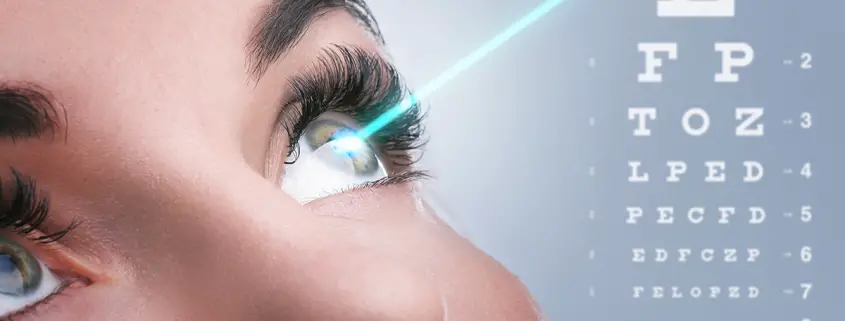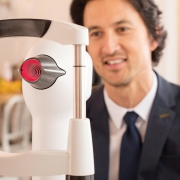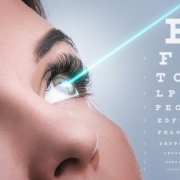5 Eye Conditons that can be treated with LASIK
LASIK (Laser-Assisted In Situ Keratomileusis) is a surgical procedure that reshapes the cornea of the eye to correct vision problems such as nearsightedness, farsightedness, and astigmatism. LASIK surgery has been a popular option for people seeking to improve their vision without the use of glasses or contact lenses. In this article, we will discuss the different eye conditions that benefit from LASIK eye surgery.
1. Nearsightedness (Myopia)
Nearsightedness, also known as myopia, is a common vision problem that affects millions of people worldwide. In this condition, the person can see nearby objects clearly, but distant objects appear blurry. LASIK surgery corrects nearsightedness by reshaping the cornea to focus the light more accurately on the retina, resulting in clearer vision.
2. Farsightedness (Hyperopia)
Farsightedness, also known as hyperopia, is a condition in which the person can see distant objects clearly, but nearby objects appear blurry. This condition occurs when the eyeball is too short, or the cornea is too flat, resulting in light focusing behind the retina instead of on it. LASIK surgery can correct farsightedness by reshaping the cornea to focus the light more accurately on the retina, resulting in clearer vision.
3. Astigmatism
Astigmatism is a common vision problem in which the cornea is irregularly shaped, resulting in distorted or blurred vision. This condition can cause headaches, eye strain, and difficulty seeing at night. LASIK surgery can correct astigmatism by reshaping the cornea to create a more regular shape, resulting in clearer vision.
4. Presbyopia
Presbyopia is an age-related condition in which the eye’s natural lens becomes less flexible, making it difficult to focus on close-up objects. This condition typically affects people over the age of 40 and can cause difficulty with reading, using a computer, or doing close-up work. LASIK surgery can correct presbyopia by reshaping the cornea to create a multifocal surface, allowing the person to see both near and distant objects clearly.
5. Keratoconus
Keratoconus is a progressive eye disease that causes the cornea to thin and bulge into a cone shape, resulting in distorted vision. In some cases, this condition can be treated with LASIK surgery to reshape the cornea and improve vision. However, not all patients with keratoconus are suitable candidates for LASIK surgery, and other treatments may be more appropriate.
In conclusion, LASIK eye surgery can be a safe and effective way to correct various vision problems, including nearsightedness, farsightedness, astigmatism, presbyopia, and, in some cases, keratoconus. However, it is important to consult with an experienced ophthalmologist to determine if LASIK surgery is the right option for you based on your individual eye condition and other factors.









